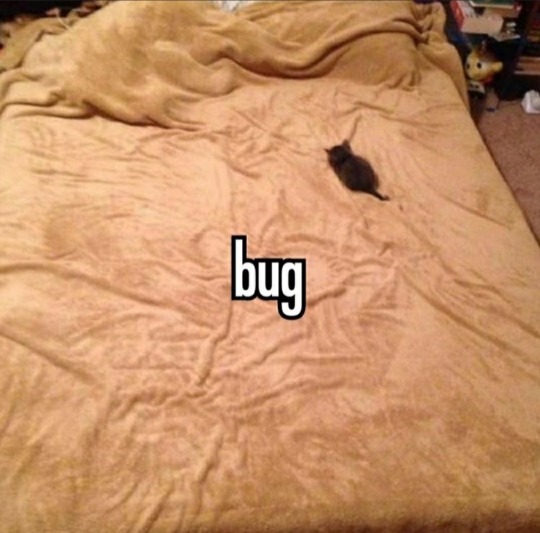#small cats
Text
3K notes
·
View notes
Photo



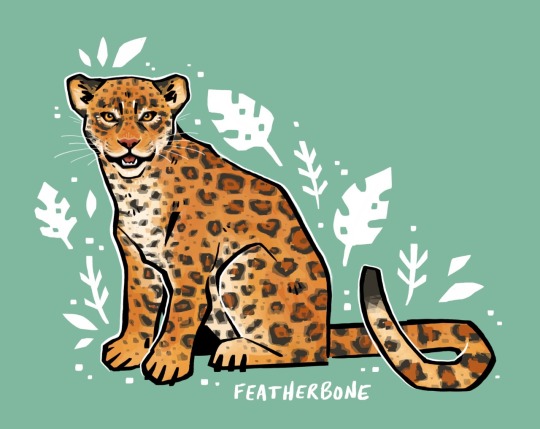
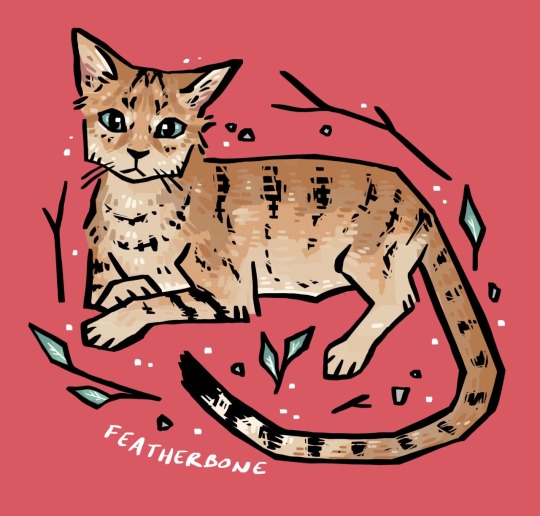
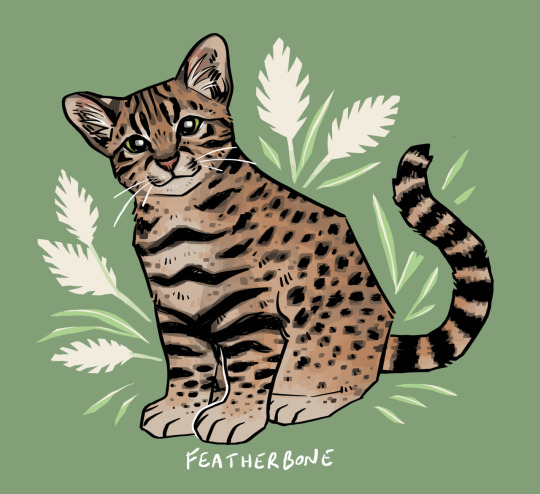


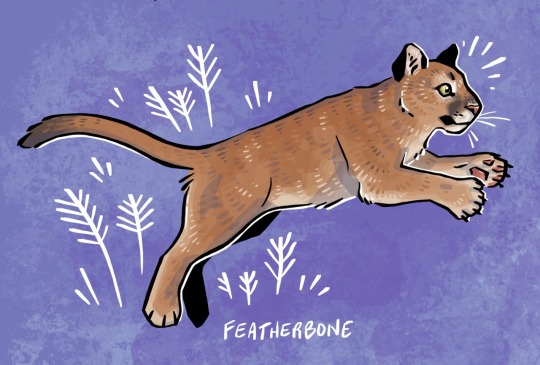

i’m coming up on a year of hosting a creature sticker club and i’ve drawn over 200 animals so far!
here are some of the felids i’ve drawn this year. big cats (pantherinae) are distinct from small cats (felinae) in that big cats car roar! except for the snow leopard. taxonomy is a weird science.
lion, bengal tiger, jagarundi, jaguar, sand cat, geoffroy’s cat, snow leopard, fishing cat, cougar, canada lynx !
[ID: illustrations of the above listed felids, - individual image descriptions in the linked individual posts. end.]
#cat#cats#big cats#small cats#wild cats#feliform#felidae#thats probably more tags than will actually functions whoops#everyone look at these cats#menagerie
712 notes
·
View notes
Text
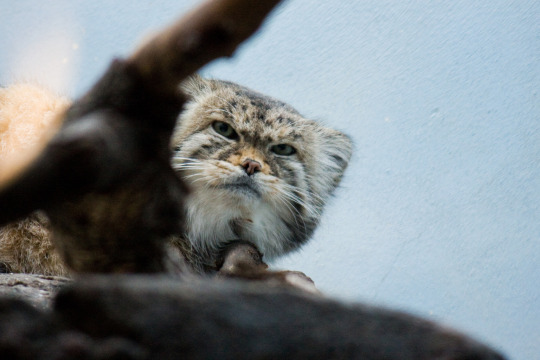
Specialist species such as the Pallas’ cat manage prey populations in their habitat. They can also be ideal indicators of ecosystem health, according to research.
Image courtesy of Garrett Ziegler via Flickr (CC BY-NC-ND 2.0).
Small cats face big threats: Reasons to save these elusive endangered species

The fishing cat is a wetland specialist but also shows adaptability. Researchers in Sri Lanka have studied a population living in Colombo’s urban area for several years. Making such specialist species the face of at-risk habitats could bring wider conservation benefits, experts suggest.
Image courtesy of Cloudtail the Snow Leopard via Flickr (CC BY-NC-ND 2.0).
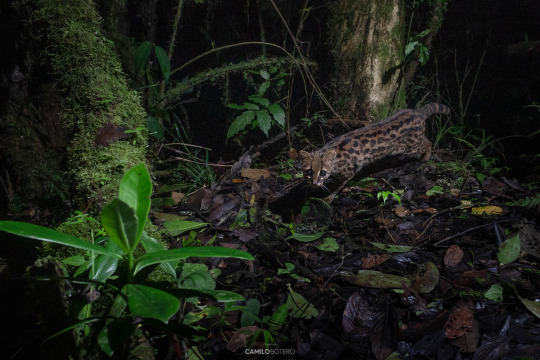
Efforts are underway to understand if the Northern tiger cat should be split into distinct species. In Colombia, Juan Camilo Cepeda Duque, of the Andean Tiger Cat Conservation Alliance, describes the local species (known as the Andean tiger cat) as a “free colleague” for farmers living in the vicinity of forests because the animal helps control pests.
Image courtesy of Camilo Botero.

Panthera, an NGO, is researching how bobcats regulate mountain beaver populations in Washington state, U.S. It could be the case that foresters can greatly benefit from having these cats around, says researcher Wai-Ming Wong. But data remain scant: Only one ecosystem services study has been conducted on the species.
Image courtesy of Mark Elbroch/Panthera.
#garrett ziegler#photographer#flickr#cats#small cats#pallas cat#animal#mammal#wildlife#nature#cloudtail the snow leopard#northern tiger cat#mark elbroch#panthera
121 notes
·
View notes
Text
Uncharismatic Fact of the Day
This cat can really catch some big air! Though not the largest cat by any means, servals have the longest legs relative to body size of any feline. This allows them to make jumps up to 2.7 m (9 ft) straight up, or leap horizontally 3.6 m (12 ft).

(Image: A serval (Leptailurus serval) chasing down prey by Chadden Hunter)
If you like what I do, consider leaving a tip or buying me a ko-fi!
133 notes
·
View notes
Text
Oh hello, this is Taliyah, she's the smallest bean I've ever seen


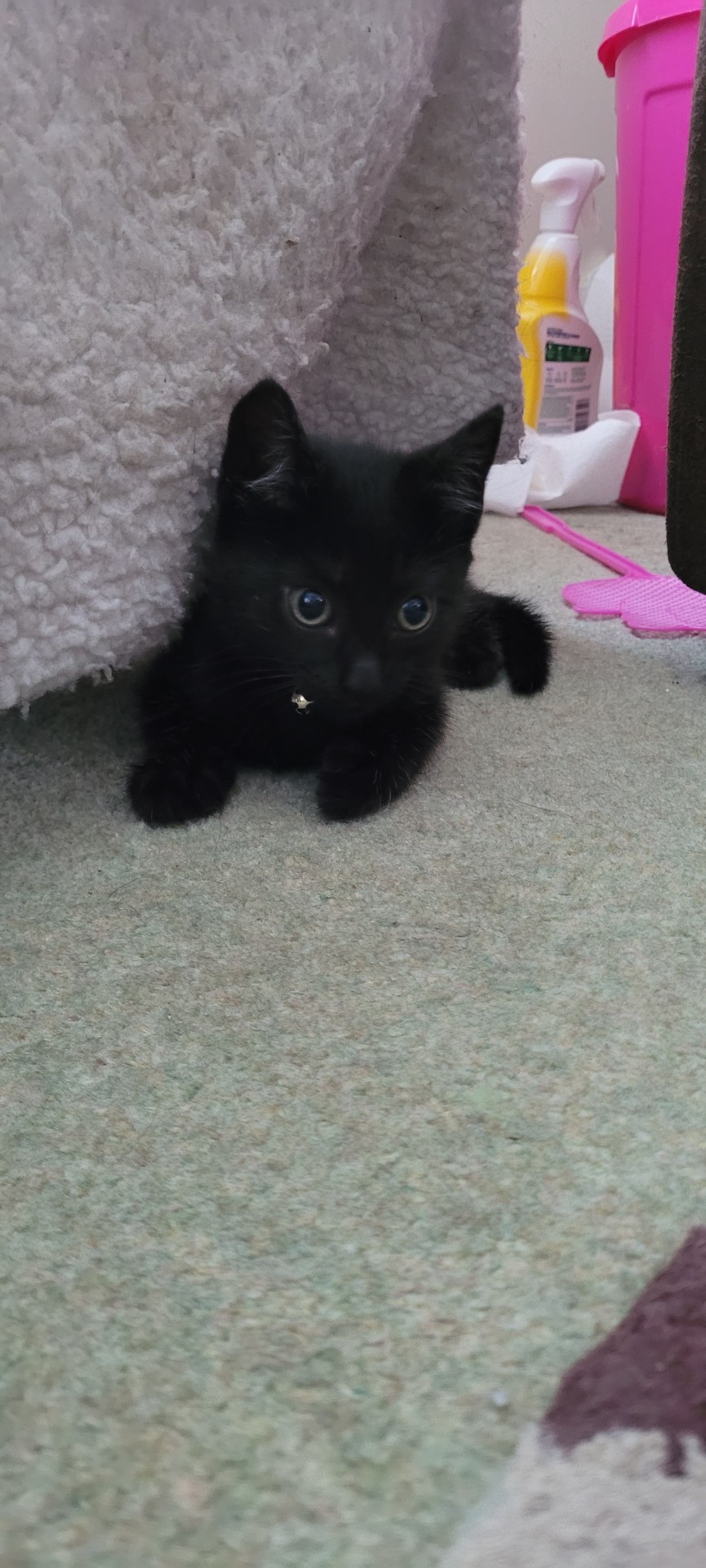

39 notes
·
View notes
Text
fav star rail detail is not only the Canonical Sibling Violence between serval and gepard but their names literally just meaning Animals
#serval#gepard#star rail#honkai star rail#hsr#theyre real#i remember being like “why is gepard cheetah in my language..ok” and then#i realised servals are also big cats#well#small cats#but yeah#having a dex moment#love this game sm. fun details
76 notes
·
View notes
Photo

Mini cat figurine 🌼
63 notes
·
View notes
Text
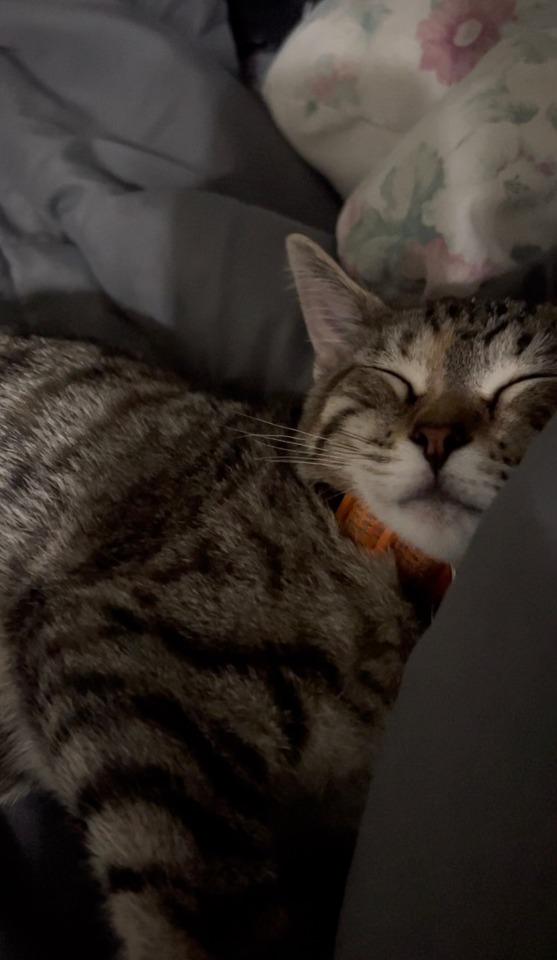
New kitty <3
26 notes
·
View notes
Text
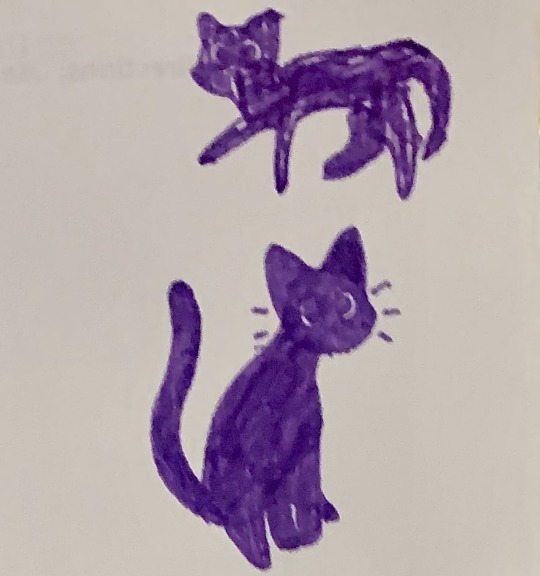
hehe silly kitty doodle
27 notes
·
View notes
Text
549 notes
·
View notes
Text

6K notes
·
View notes
Text

Jaguarundi! A wild cat native to the Americas. Most closely related to the cougar!
[ID: an illustration of a jagarundi on a mossy forest floor, surrounded by bromeliad flowers. It is facing to the left on a green background.]
541 notes
·
View notes
Text
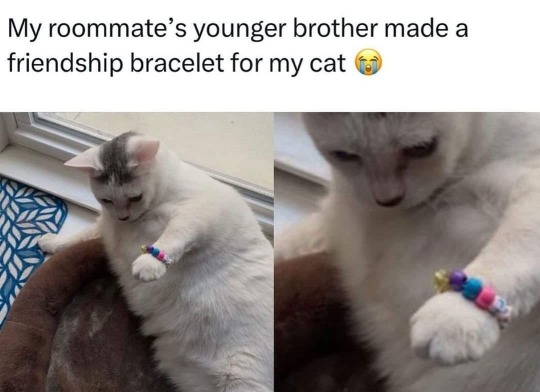
#cat#funnycatmemes#funnycatpics#cat memes#cute cats#funny cats#adorable#adorable pets#cute#awwwww#awww this is so cute#so adorable#small cats#very cute
7 notes
·
View notes
Photo

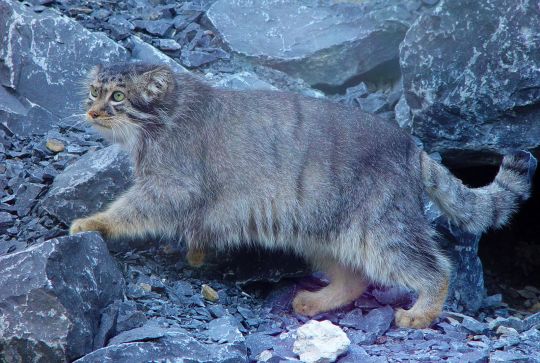

A Friend: The Pallus Cat
The pallus cat (Felis manul), originally known as the manul in Mongolia, is a species of small wild cat endemic to Central Asia. Their range is restricted to by their primary prey, pika (Ochotona sp.). These rodents only live in grasslands or rocky steppes, and so while the pallus cat may occasionally indulge in other rodents or small birds if they can catch them, they rely on the pika and thus almost exclusively live in rocky steppes or lowland areas up to an altitude of 4,800m. As predators themselves, F. manul face few natural threats, though large eagles and red foxes occasionally prey on kittens.
The body of the manul is round, exaggerated by its long, dense fur. In fact, F. manul has the longest, densest fur of any cat: hair on their back can grow to be 7cm in length, and some parts of the body have up to 9,000 hairs/cm2. All this serves to keep this species warm in central Asia’s frigid winters. Their fur is usually gray, with darker gray or light gold accents. Another exageratting feature of the pallas cat is its tail; the pallas cat’s total length is about 90cm, but their tail accounts for about a third of that length. Generally they don’t weigh much more than a house cat, at 2-5kg, despite their rotund appearance. However, one way to distinguish the pallas cat from house cats (and most other feline species) is that the pallas cat’s pupils contract in small circles, rather than slits.
Little is known about F. manul’s behavior, as they are both incredibly rare and extremely solitary. They are active mainly at night, and likely spend most of their time hunting. During the day, individuals seek shelter in caves and rocky crevices, or the abandoned dens of other animals if no other suitable shelter is available. Individuals maintain large territories, ranging from 20.9 to 207.0 km2. Usually one male’s territory will overlap or encompass that of several females, though they don’t interact outside mating.
Breeding only occurs once a year, and in a very short window as females are only reproductively receptive for about 3 days. Males become aggressive and territorial at the start of the breeding season, towards the end of winter, and mark areas with their scent to attract females. After mating, males and females go their separate ways. Pregnancies last 66-75 days, and mothers give birth to a litter of 3-6 kittens sometime between April and May. These kittens are initially blind and deaf, though they gain full senses and motor control after about a month. F. manul young start hunting when they’re only 5 months old, and become fully independent and sexually mature by the time they’re a year. The average lifespan is about 11-12 years.
Conservation status: Because they are hard to study in the wild, it’s difficult to make estimates about their population size. The IUCN ranks the pallas cat as Near Threatened, due to past hunting practices that targeted F. manul for its fur. Though hunting has been outlawed in Mongolia and China, the decline of pika due to rodent control measures is a serious threat to the pallas cat’s food source.
If you like what I do, consider buying me a ko-fi!
Photos
Steven Ross
Shanyuan Li (this photo actually won Wildlife Photographer of the year in 2020)
Karin Sturzenegger
#pallas cat#carnivora#felidae#small cats#felids#felines#cats#carnivores#mammals#grasslands#grassland mammals#mountains#mountain mammals#asia#central asia#animal facts#biology#zoology
263 notes
·
View notes
Text
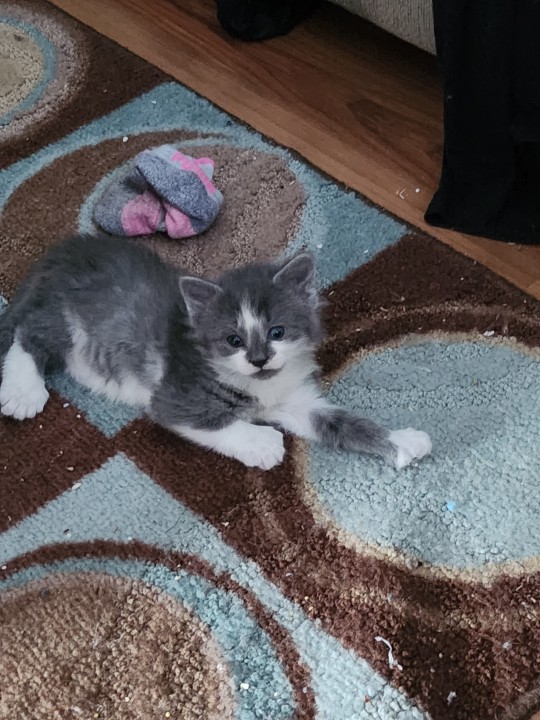


Here is my new kitten, Gargamel :) its parents are brother and sister and it is only a little bit fucked up, hopefully it turns out okay and i can share more
10 notes
·
View notes
